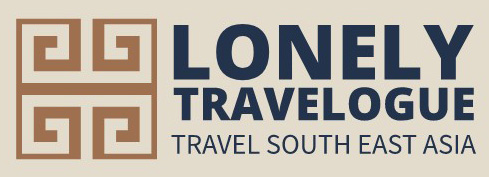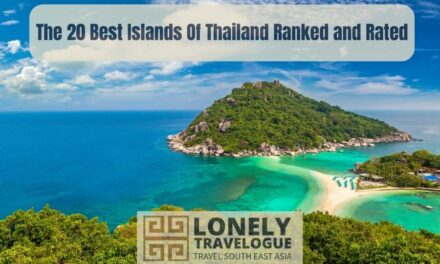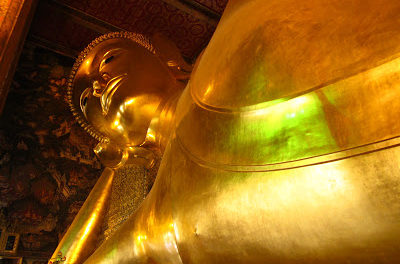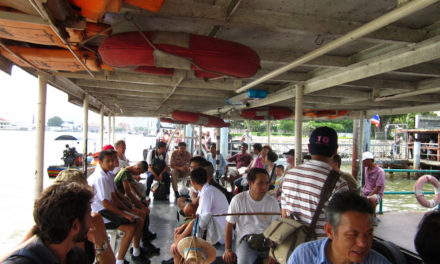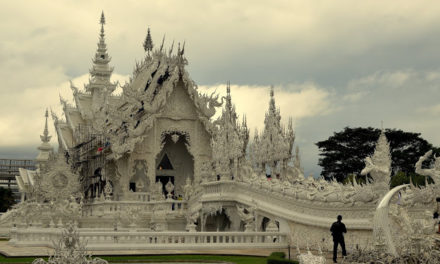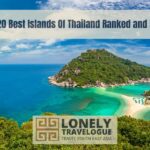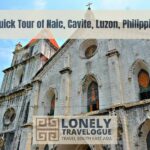You cannot afford to miss the three most important landmarks in Bangkok when traveling in Thailand. For me, the three actually are the symbols of the country. It may be expensive and exhausting to visit the three in just one day like what I did but one can never miss the rich culture of Siam being showcased in the three tourist spot or consider it religious site for pilgrims. Those three are namely The Grand Palace, Wat Po (Reclynig Buddha) and the Wat Arun (where you can watch the magnificent sunset in Thailand as portrait in post cards). The Temple of the Emerald Buddhah is within the Grand Palace Complex.
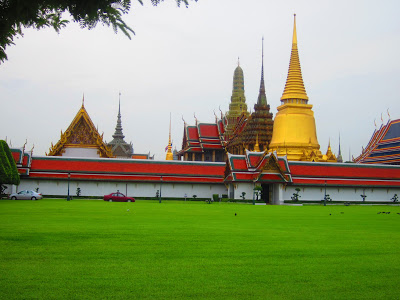
Getting to the Grand Palace
My fist stop for the day was the Grand Palace. From the hostel in Lumpini, I took the subway/MRT going to Silom then transferred to Sky Train/BTS going to Saphan Taksin. I took the boat that travers Chao Phraya River going to Wang Lang Pier to get to the Grand Palace. You will never get lost because most of the people riding the boat are tourist that most are going to the Grand Palace.
The Grand Palace
The Grand Palace is a huge complex with different national buildings. There are a lot of attractions in the Grand Palace and some buildings are not open to the public. Paying the 400 Baht entrance fee will pay you off with amazement that you will see inside the complex. The Grand Palace is not just a tourist attraction. Many state gatherings are being held in the complex throughout the year. Maybe that is why some of the buildings are off to the public.

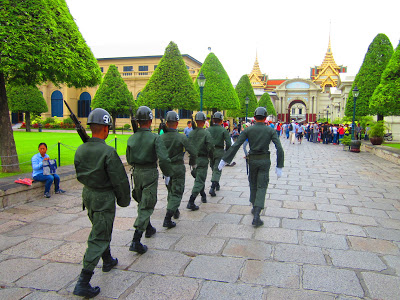

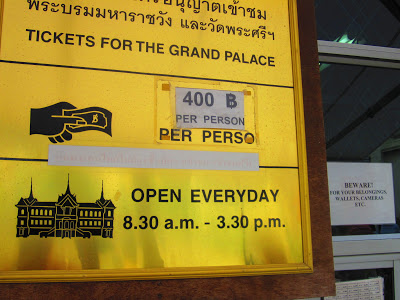
Entering the Grand Palace, you will be greeted by the Temple of the Emerald Buddha. Since this is a temple everybody (Buddhist) can worship and pray. The temple is the most crowded area in the complex because it is the gateway to the complex. Most people in the temple were observing, that includes me. But anyone, Buddhit or not could try kneeling down inside and pat and bless your head with water using the lotus flower at the entrance. Well I did not do it since I’m just an observer. Hehe… Though I regret not trying to sprinkle water on my head using the lotus flower.

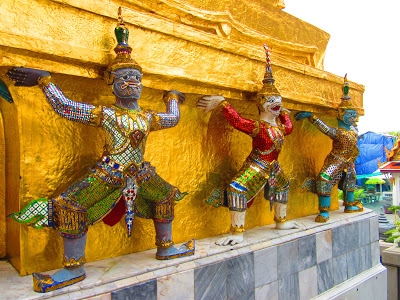
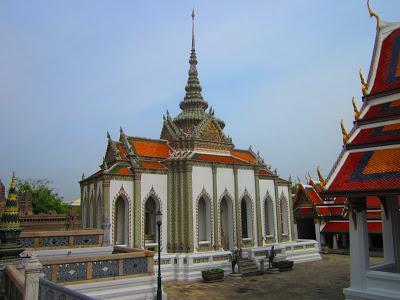
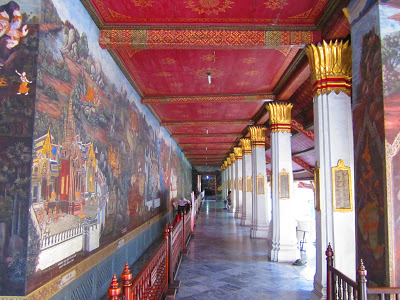

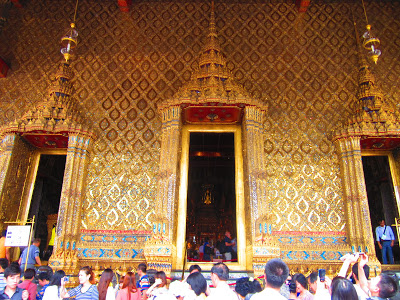
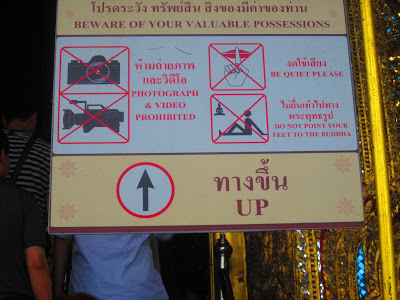
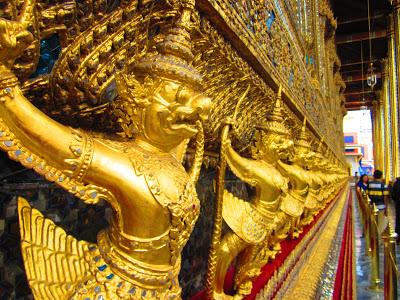
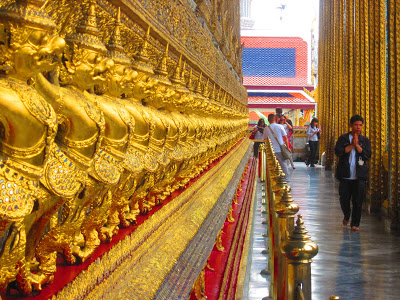
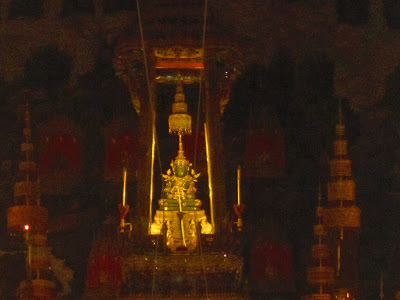
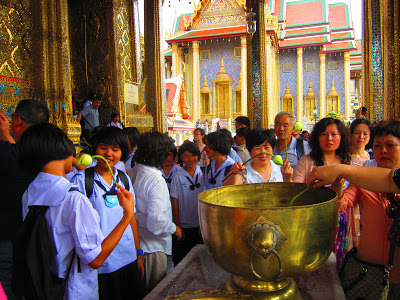
Alongside the temple is the golden structure called Phra Siratana Chedi also known as the upper terrace. The area is not spacious making the artistic structure crowded. Tough the intricate and detailed art on the wall of the structure will not disappoint you.
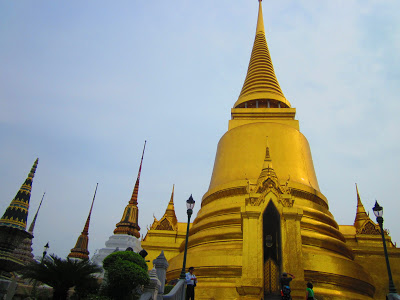
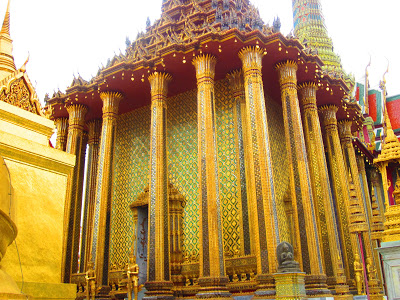
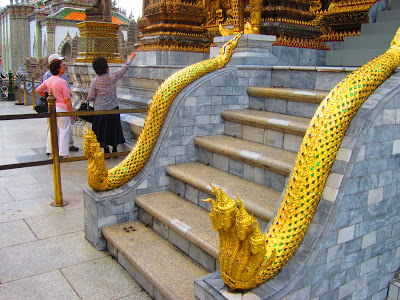
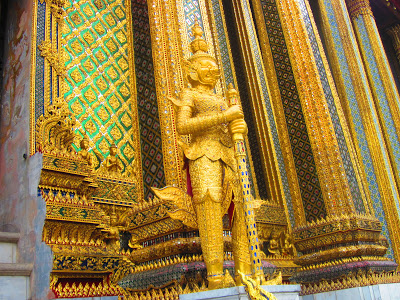
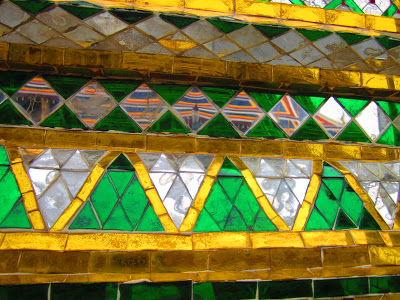
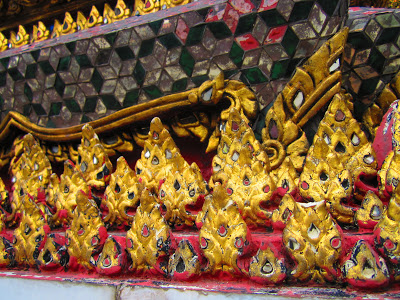
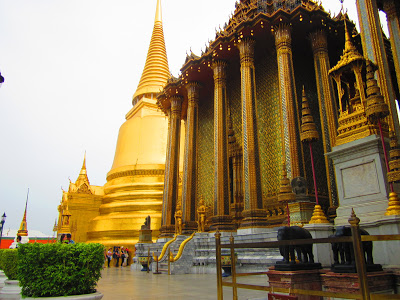
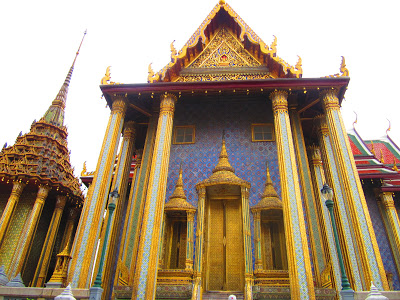
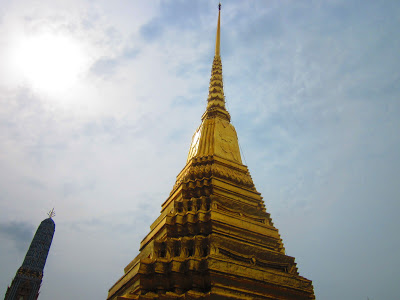
Getting further the complex you will be greeted by Borom Phiman Mansion which is close to the public. The Neo-Renaissance structure was constructed for the crown prince of Siam – Prince Maha. After the mansion is the series of royal buildings that I did not entered. You will enter to the following area Phra Thinang Amarin Winichai, Phra Thinang Phaisan Thaksin, Phra Thinang Chakraphat Phiman, yeah too long names, once you go there. The structure is for state functions such as receiving a visitor, holding a royal and religious gatherings and the last structure has sleeping quarters for the monarchy.
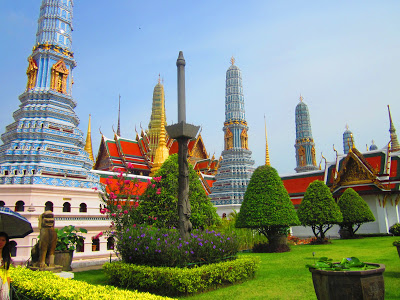
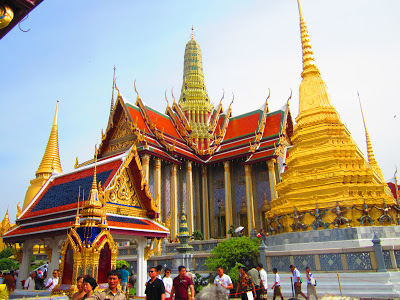
Phra Thinang Chakri Maha Prasat is a structure with combination of Thai and European architecture. You cannot go inside nor use the elegant front door to enter the mansion. However, there are two museums on the ground floor located just right beside on both side of the grand stairs/front door. The museum features military weapons and equipment that were used by the Thais during the civil war. As usual in most museum you cannot take pictures of the collections.
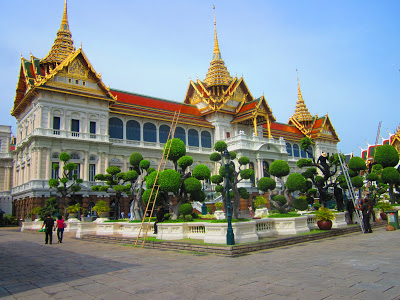
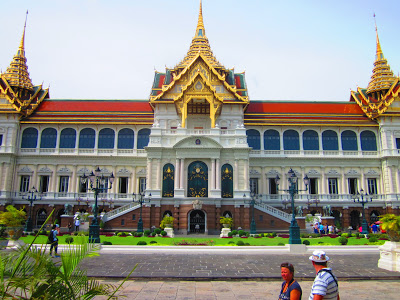
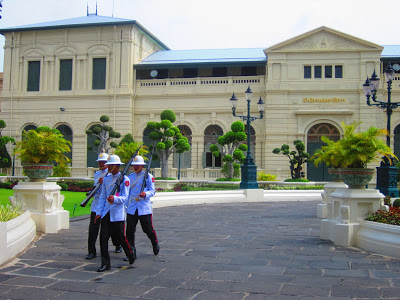

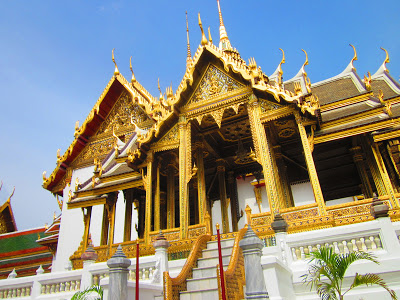
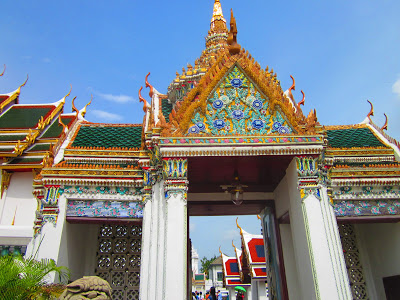
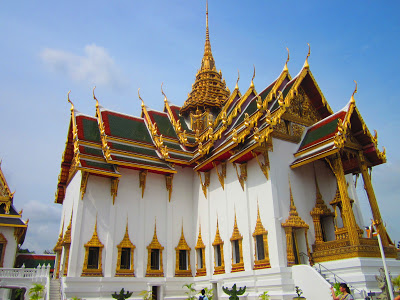
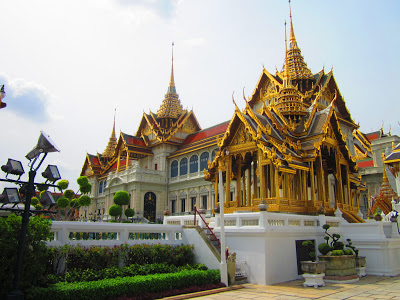
After walking around the Grand Palace Complex I entered into another museum in front of Phra Thinang Chakri Maha Prasat. The museum is free of charge and you will enjoy great collections of both royal and religious stuff. It was obvious that Thais love and respect their monarchy so much. You would feel it in their museums. Yes museums are funded and maintained by the government so one might say that they are bias. Actually, the way the collections are being presented and the tone and enthusiam of the museum guide you will feel how they love their king and the monarchy as well as their colorful history. More on this topic on other entry about Thailand. The name Grand Palace suits the grandeur of the complex owing it to the long history and rich culture of the Thai people.
